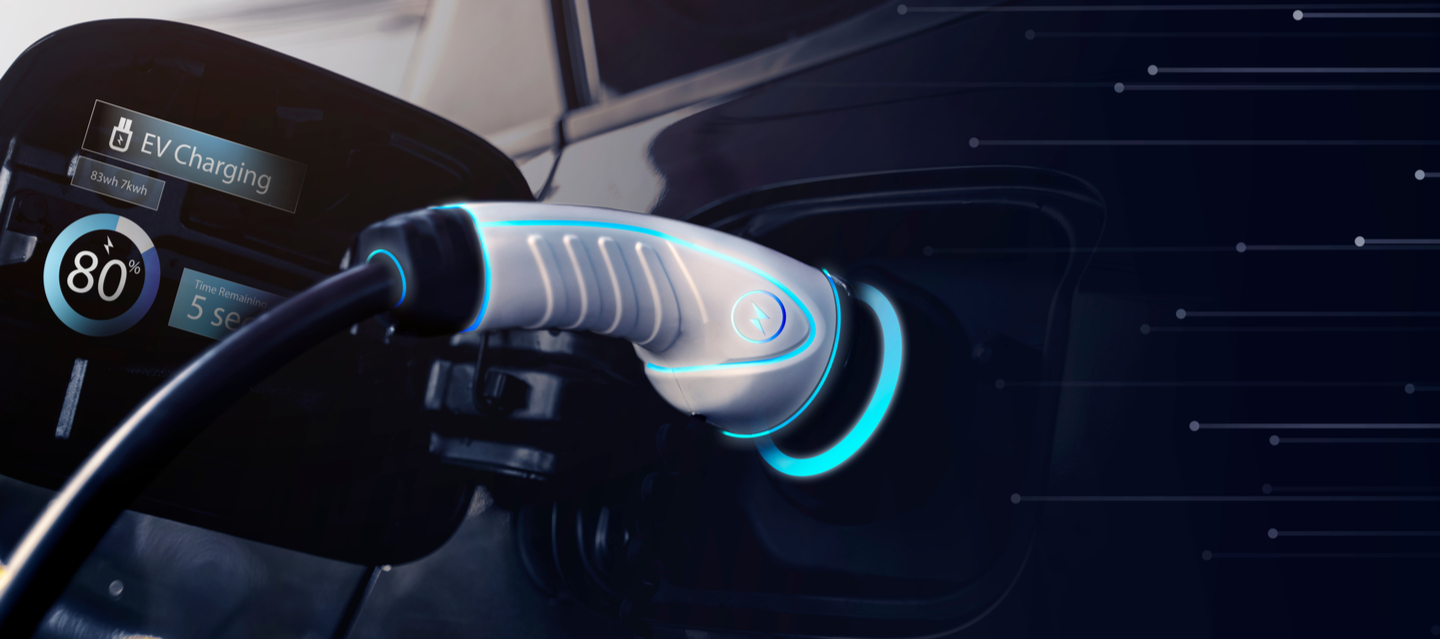With incentives at both ends of the scale, from government grants to manufacturer discounts, the drive to get people into electric cars is greater than ever. But they still don’t work for everyone. Here’s how to understand your customers and help them make the right choice.
Autoglym has been all about creating clean cars since 1965. Now we are all having to embrace a whole new type of ‘clean’ motoring – electric cars. Whatever your personal feelings about EVs, the shift to cars with a plug is something you can no longer ignore.
The government has ruled that the sale of cars powered purely by petrol or diesel will be banned by 2030. Hybrids get a stay of execution until 2035 but will have to be capable of covering a ‘significant’ distance without producing any exhaust fumes. That basically means they need to be plug-in hybrids with a decent battery capacity.
To help incentivise the change, the government offers generous financial incentives. These include a grant of £2,500 off the price of a new 100% electric car with a list price of less than £35,000, zero rated road tax, and generous tax breaks for businesses and company car drivers. There are grants to help with installing chargers too.
As a result of these announcements, enquiries about making the switch to electric have rocketed. At the start of 2021, one in 20 new cars viewed on AutoTrader were electric; that’s now grown to one in five. To feed this demand, there are more models available than ever before, with almost all the major brands now offering at least one electric or plug in car. In fact, the number of electric models listed on the AutoTrader site has quadrupled since 2019.
The consumer interest is still growing exponentially, fed by the recent fuel shortages and the record pump prices for petrol and diesel. At the same time there have been several high-profile launches of new models such as the Hyundai Ioniq 5, Skoda Enyaq and Kia EV6 which are eye catching and have impressive range, performance, and recharging figures.
This increased interest means you may need to evolve your business to embrace the change. If you can raise the levels of knowledge and enthusiasm throughout your employees, it will pay huge dividends with customers who are curious and confused. Even if they don’t buy today, they are likely to come back when they are ready to make the switch.
But driving electric will involve a big lifestyle change for most of your customers. They will need your guidance on how to charge, what adjustments they will need to make for longer journeys and if it makes financial sense. And they’ll be looking at you for expert advice.
The best way for you to put yourself in their shoes is perhaps try one yourself and drive it for a week or longer. See what it is like to drive, get used to the recharging routine and experience the pleasure – and pain – which comes from running an electric car.
Let’s start with the pleasure.
Electric cars might be more expensive to buy, but for the average motorist the Total Cost of Ownership (TCO) will be lower overall. Encourage customers to do their own sums, considering any grants, the cheaper servicing, insurance and the refuelling. The amount they spend at the petrol station might come as a surprise to most drivers. Also remember to talk to them about their domestic energy supplier, as moving to a tariff with a cheaper night-time rate can slash bills for EV drivers.
Next, you’ll need to talk about how to charge. Most drivers will plug in at home, either using a dedicated wall box or a three-pin plug. There is a grant to help with the installation costs of a wall box and it is far more convenient, safer, and faster. We’d suggest you try and find a reliable local installer who will be able to help you and your customers.
You’ll also need to advise new EV drivers about charging away from home, especially on longer journeys. To do this, you’ll need to try it yourself – and be careful to warn them that the charging network isn’t currently the most reliable. They’ll need to plan for the worst but assure them that the infrastructure is growing and improving all the time.
Finally, the customers will need to get used to a whole new driving experience. Electric cars have different modes, regenerative braking, preheating and other energy-saving gadgets which they’ll be curious about. Trying them out or searching reviews and forums online will help you become an expert.
Overall, the key to keeping the customer happy will to be honest. Electric cars have plenty of advantages, but you’ll need to ensure the driver is ready for the change and it will fit their lifestyle. By doing your homework, becoming an expert, and offering useful advice, word will soon spread, and electric cars will be bringing you plenty of leads (of both types…).







